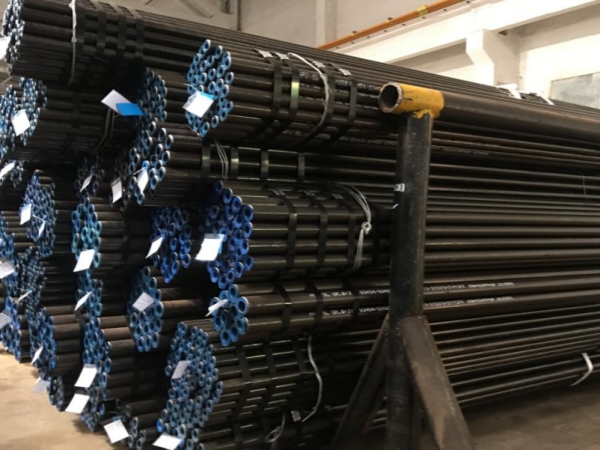Boiler tubes are essential components in steam boilers used for power generation and heating applications. These tubes are classified into low, medium, and high-pressure categories based on the pressure levels they can withstand. Here's an overview of each type.

Low Pressure Boiler Tubes:
Application: Low-pressure boiler tubes are designed for applications where the operating pressure does not exceed 15 psi (pounds per square inch) or 1.03 MPa (megapascals).
Material: Common materials for low-pressure boiler tubes include ASTM A179 and ASTM A192. These materials offer good heat transfer properties and are suitable for relatively low-pressure steam applications.
Usage: Low-pressure boilers are typically used for heating applications and in industries where moderate temperatures and pressures are sufficient.
Medium Pressure Boiler Tubes:
Application: Medium-pressure boiler tubes are designed to withstand pressures between 15 and 100 psi (1.03 to 6.89 MPa).
Material: ASTM A210 and ASTM A213 are commonly used materials for medium-pressure boiler tubes. These materials offer better mechanical properties and can withstand higher pressures and temperatures compared to low-pressure tubes.
Usage: Medium-pressure boilers are often employed in industrial processes where higher temperatures and pressures are required, such as in manufacturing and power generation.
High Pressure Boiler Tubes:
Application: High-pressure boiler tubes are engineered to handle pressures exceeding 100 psi (6.89 MPa).
Material: Common materials for high-pressure boiler tubes include ASTM A192, ASTM A210, ASTM A213, and ASTM A335. These materials are selected for their high tensile strength, corrosion resistance, and ability to withstand elevated temperatures.
Usage: High-pressure boilers are crucial in power plants, where steam at high temperatures and pressures is required to drive turbines for electricity generation.
In addition to pressure considerations, other factors like temperature, corrosion resistance, and mechanical properties play a crucial role in selecting the appropriate boiler tube material. Welded and seamless tubes are both used, with seamless tubes often preferred for high-pressure applications due to their enhanced strength and reliability.